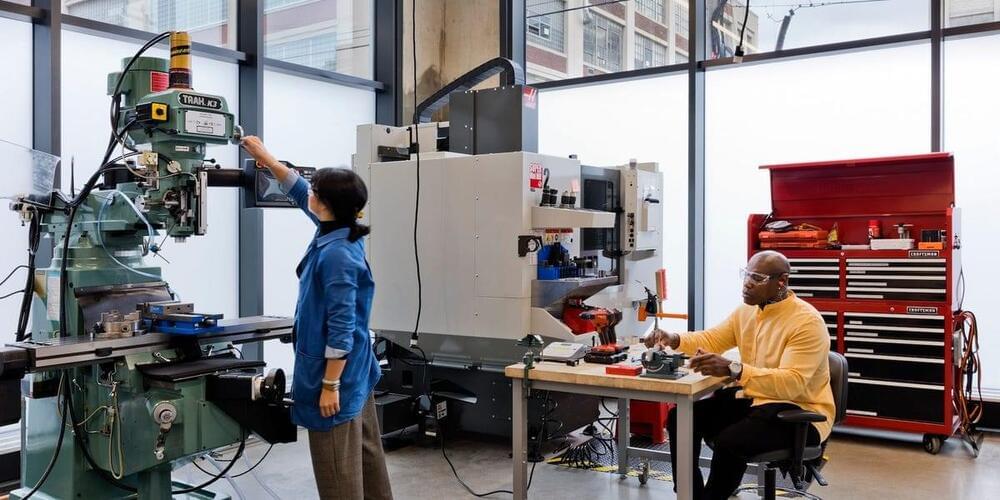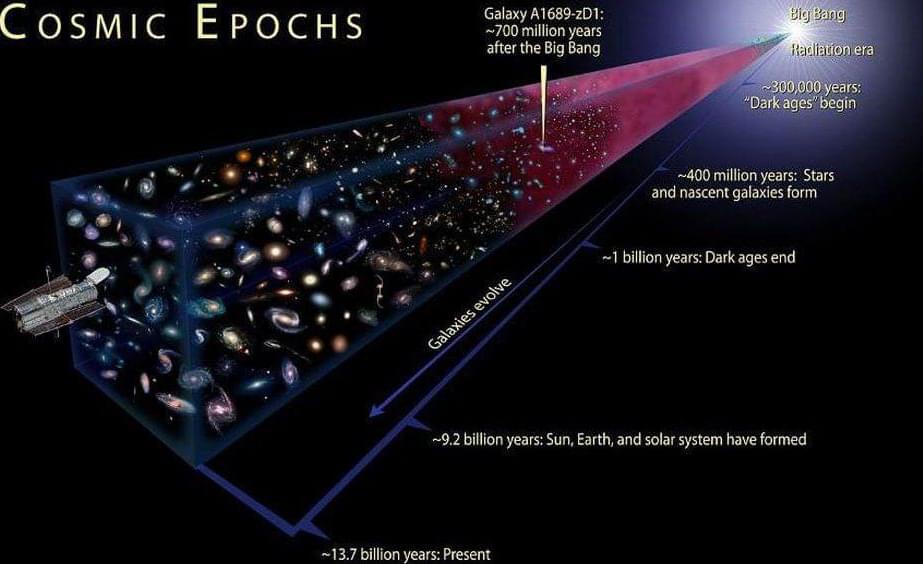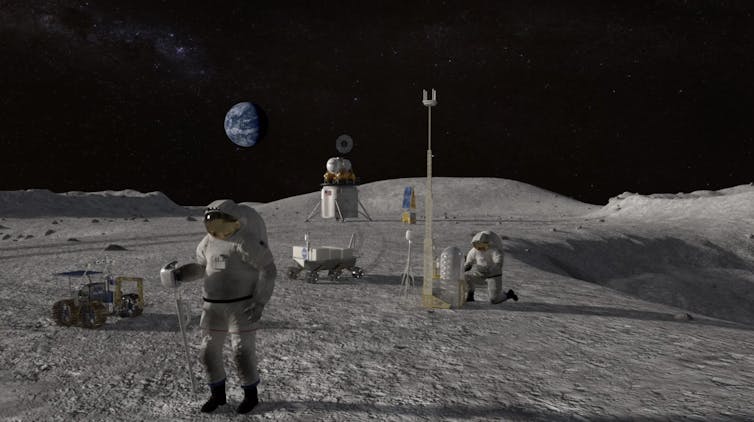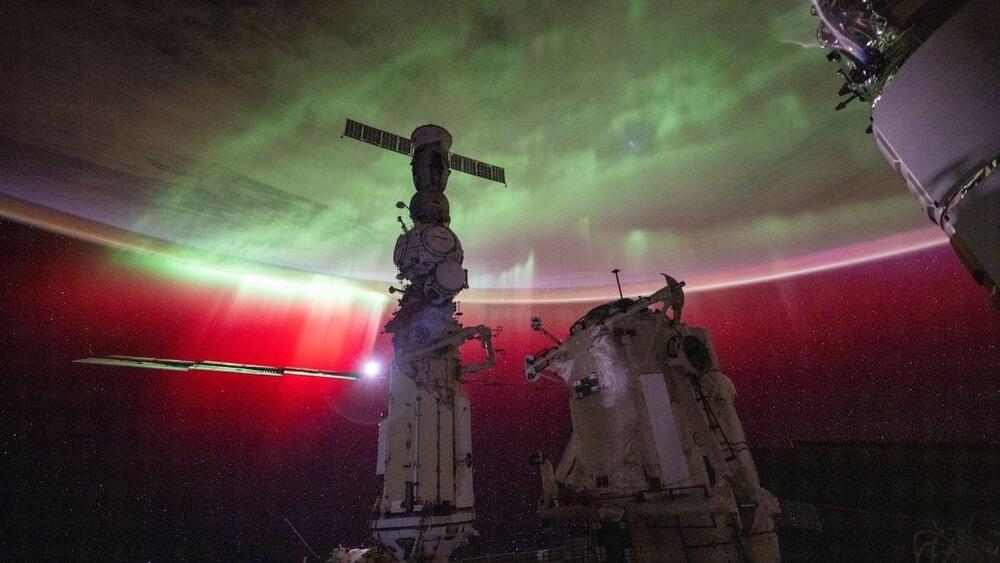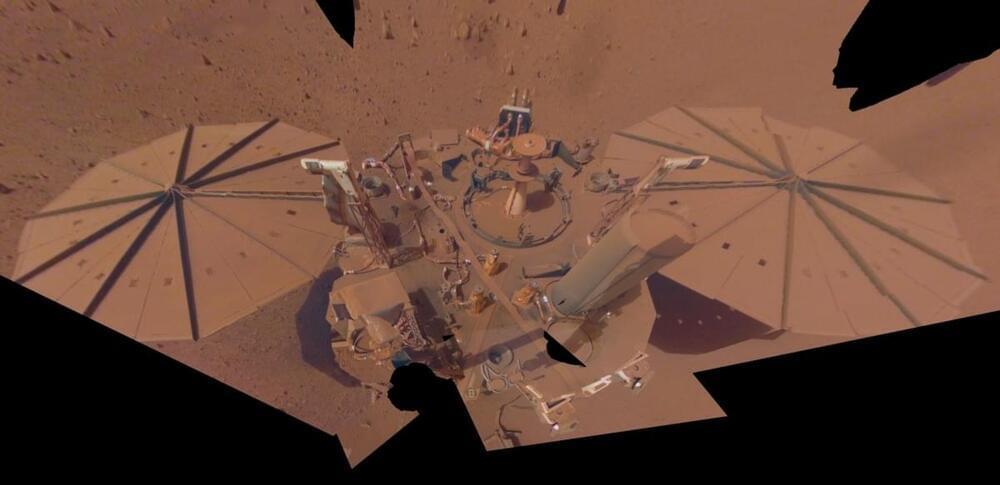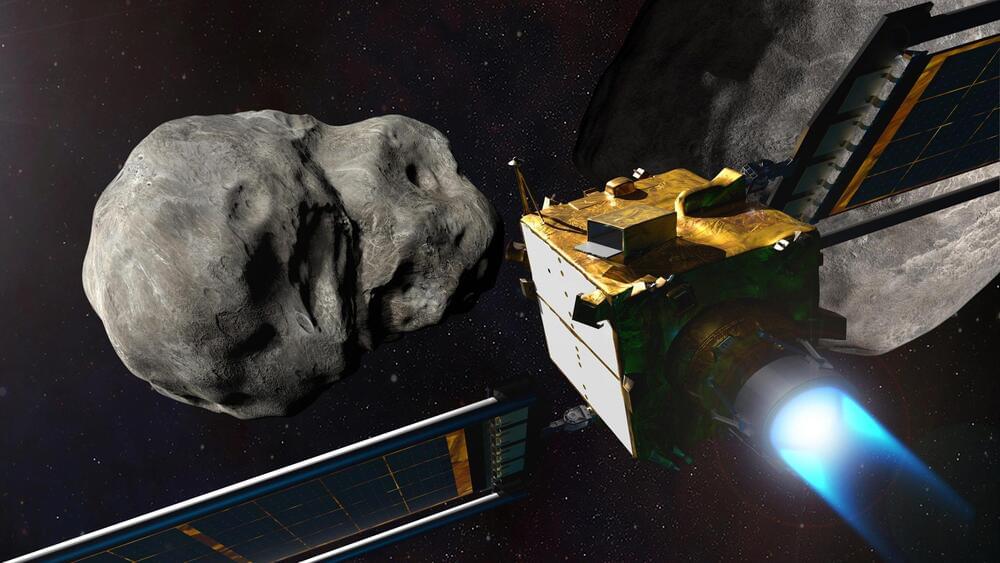Aug 19, 2024
Inside The Engine Accelerator, the anti-Y Combinator for ‘tough tech’ startups
Posted by Genevieve Klien in categories: innovation, space
“That is a highlight of this building that it’s very close to talent — people who are still in this area because they just graduated,” said Knight, The Engine Accelerator’s president and chief executive.
The Engine Accelerator is where companies solving hard problems get off the ground. It’s part coworking space, with open desks, office suites, and conference rooms for rent. It’s part startup accelerator, hosting a high-octane circle of young scientists and engineers who need help turning their ideas into full-fledged operations.
If WeWork and Y Combinator had a baby, and that baby wanted to bring breakthrough research out of the lab and into the real world, it’d look something like The Engine.
